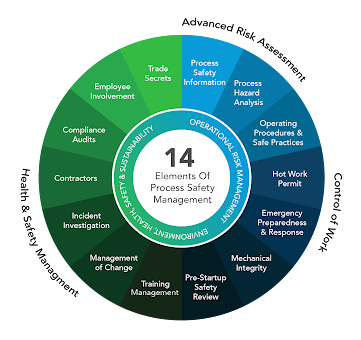Introduction
Conflict is not a strange thing for the public. Human beings experience it in their daily lives- with their friends, frustration, pain, and more so their professional lives. Conflict causes an enormous degree of frustration, pain, discomfort, sadness, and anger in the workplace. It is a regular life aspect. Organizations hire employees from various environmental locations with dissimilar cultural and intellectual backgrounds and various viewpoints in today's world. In a working location where people have different viewpoints toward the same problems, disagreements are bound to happen.
Literature Review
Due to the significant social interaction that takes place in a company, conflict is inescapable. However, its management determines whether or not the result are going to be positive or negative. students declared that many varieties of relationships like families, churches, marriages, nations, ethnic teams, and organizations expertise conflicts (Deutsch, Coleman & Marcus 2006; Afful-Broni, 2012)
Conflict is often negative once it creates resistance to vary, establishes uproar, social relations distrust, low productivity, structure impotence (Hotepo, Asokere, Adul-Azeer, & Ajemunigbohun, 2010)
Why Conflict resolve in the Workplace is Important
Leaving conflict unresolved can cause severe difficulties to workplace morale, productivity, and company culture. No one needs to work in an anxious, passive-aggressive environment where they are continually uncomfortable. When people do not want to be at work, it shows higher staff revenue, more sick days, and poor job performance in more severe cases; lengthy conflict can lead to legal problems.
Workplace Conflicts
- Interdependence/task-based conflicts
- Leadership conflicts
- Workstyle conflicts
- Personality-based conflicts
- Discrimination
- Creative idea conflict
How to Manage and Resolve Conflict in the workplace
- Clarify what is the supply of conflict
- Find a secure and personal place to speak
- Listen to the activity and let everybody have their say investigation situation.
- Determine ways in which to satisfy the common goal
- Agree on the most effective resolution and verify the responsibilities every party has within the resolution
- Evaluate however things are going and judge preventative methods for the longer term
TK Consulting & Design
Takia Lamb, business executive of TK Consulting, recently shared a story regarding her friend experiencing culture-related conflict within the work.
"As a blackamoor within the skilled work myself, I have usually been long-faced with cultural variations that make challengers within the hands whether or not from alternative cultures or my very own," Lamb writes. "My expertise has shown Maine that though it does not account for all the problems, culture is an element to contemplate once addressing inter-office conflict".
In her article at Spendefy, Lamb implores readers to features cultural competence coaching in offices and provides staff with the area they have to carry pregnant conversations. While not this, they may isolate their best staff just because of cultural variations.
Conclusion
In conclusion, conflict is an element of our regular lives. People will be able to ail their family, friends, or coworkers. However, there are numerous conflict resolution steps to confirm that this problem is not manageable. Managing and resolving conflict at work is essential in meeting structure goals. So, if they have got any issues or their area unit disagreements between their employers, rummage around for ideal ways in which they will be able to manage this example. On top of the area, units are tips and techniques to find out how to solve conflicts within the work.
Video 1:How to deal with workplace conflicts (Source:www.youtube.com,2016)
Reference
Beheshtifar, M. and Zare, E., 2013. Interpersonal conflict: A substantial factor to organizational failure. International Journal of Academic Research in Business and Social Sciences, 3(5), p.400.
Parashar, B. and Sharma, R., 2020. Impact of Conflicts on Productivity at Workplace. In ICRMAT (pp. 143-146).
Vasanthi, S. and Basariya, S.R., Impact of Cross-Training on Employee Skill Development and Career Growth using Prediction Monitoring System.






















